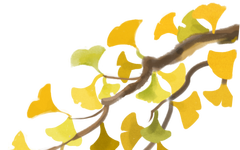Overview of Bi Syndrome
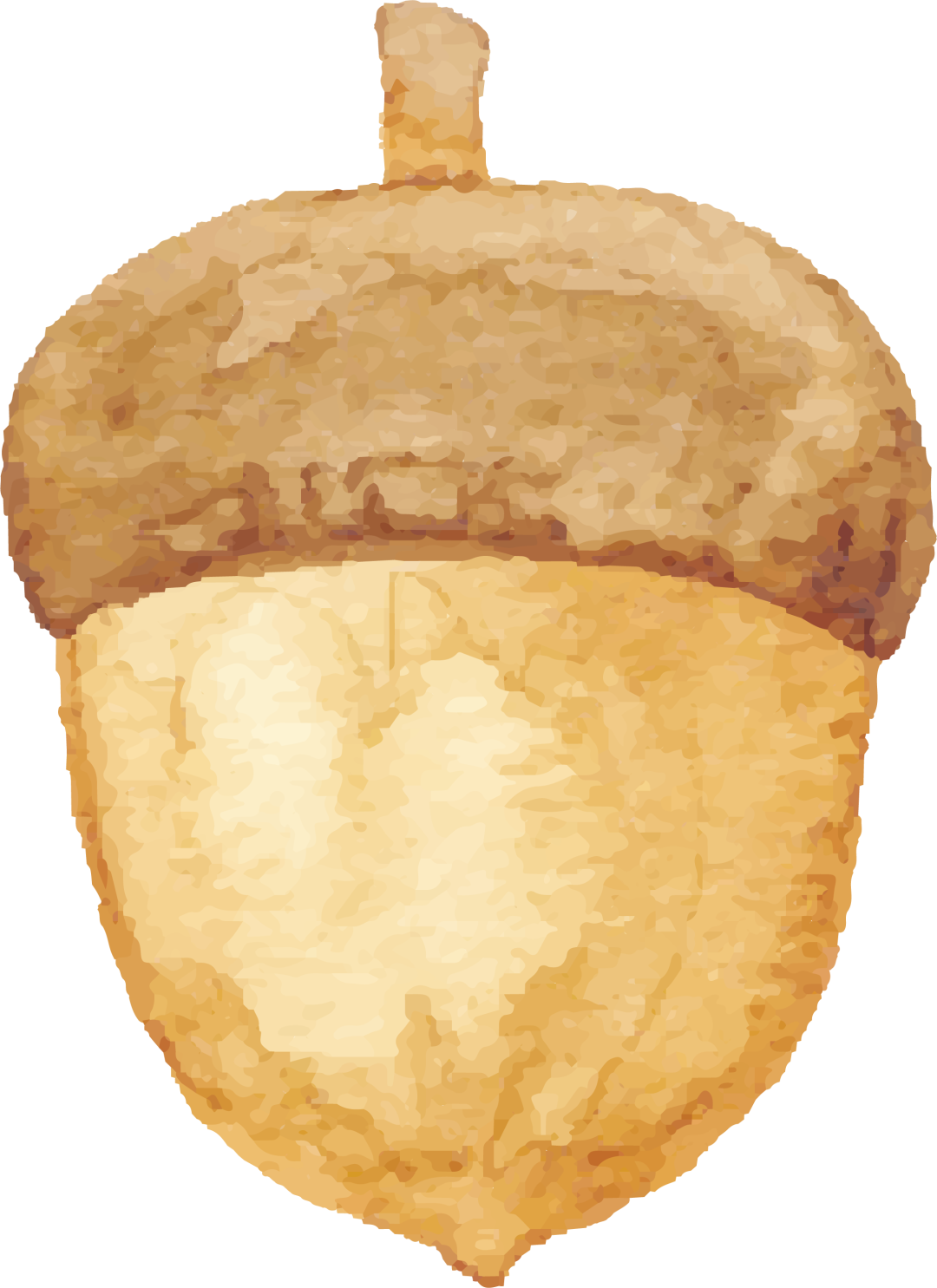
Bi syndrome is a disease caused by the obstruction of meridians by pathogenic factors such as wind, cold, dampness, and heat, affecting the circulation of Qi and blood, leading to symptoms such as pain, heaviness, soreness, numbness in the limbs, joints, and muscles, or difficulty in flexing and extending joints, stiffness, swelling, and deformity.
The ‘Jin Kui Yao Lue’ considers the formation of Bi syndrome to be the result of both internal and external factors.
The internal factors mainly manifest as Qi deficiency and Yang deficiency in the body, while the external factors are the invasion of wind, cold, and dampness.
The treatment focuses on tonifying Qi, warming Yang, releasing the exterior, dispelling cold, and eliminating dampness.
In terms of medicinal usage, among the many such medicines, there is a preference for the use of Huang Qi (Astragalus), Fu Zi (Aconite), Ma Huang (Ephedra), Gui Zhi (Cinnamon Twig), Bai Zhu (Atractylodes), and Yi Yi Ren (Job’s Tears).
First, let us look at the historical development.
Historical Development

The term “Bi” first appeared in the ‘Huang Di Nei Jing’ (Yellow Emperor’s Inner Canon).
After the ‘Nei Jing’, there were various names for Bi syndrome, such as “wind-damp”, “damp Bi”, “Bi”, “blood Bi”, and “li jie” in the ‘Jin Kui Yao Lue’, all of which can be classified under Bi syndrome.
The formulas used to treat Bi syndrome are mainly found in the sections “Jing Shi He Bing Mai Zheng Zhi Di Yi” (First on the Pulse Diagnosis and Treatment of Bi Syndrome) and “Xue Bi Xu Lao Bing Mai Zheng Bing Zhi Di Liu” (Sixth on the Pulse Diagnosis and Treatment of Blood Bi and Xu Lao) and “Zhong Feng Li Jie Bing Mai Zheng Bing Zhi Di Wu” (Fifth on the Pulse Diagnosis and Treatment of Wind Stroke and Li Jie).
Modern Research

Although Bi syndrome is not completely identical to rheumatoid arthritis or osteoarthritis, it shares many similar manifestations.
Rheumatic diseases primarily affect the joints, muscles, skin, blood vessels, and connective tissues.
Clinically, it can present with specific clinical features of certain rheumatic diseases (such as butterfly rash on the face), as well as common non-specific manifestations such as fever, joint pain, swelling, and deformity.
Modern research has found that the anti-inflammatory and analgesic effects of the above-mentioned Chinese herbs are significant, showing good efficacy in treating rheumatic diseases, which aligns with the commonly used medicines in the ‘Jin Kui’ for treating Bi syndrome.
Below is a summary of the use of Huang Qi, Fu Zi, Ma Huang, Gui Zhi, Bai Zhu, and Yi Yi Ren in Bi syndrome:
Characteristics of the medicinal treatments for Bi syndrome in the ‘Jin Kui Yao Lue’
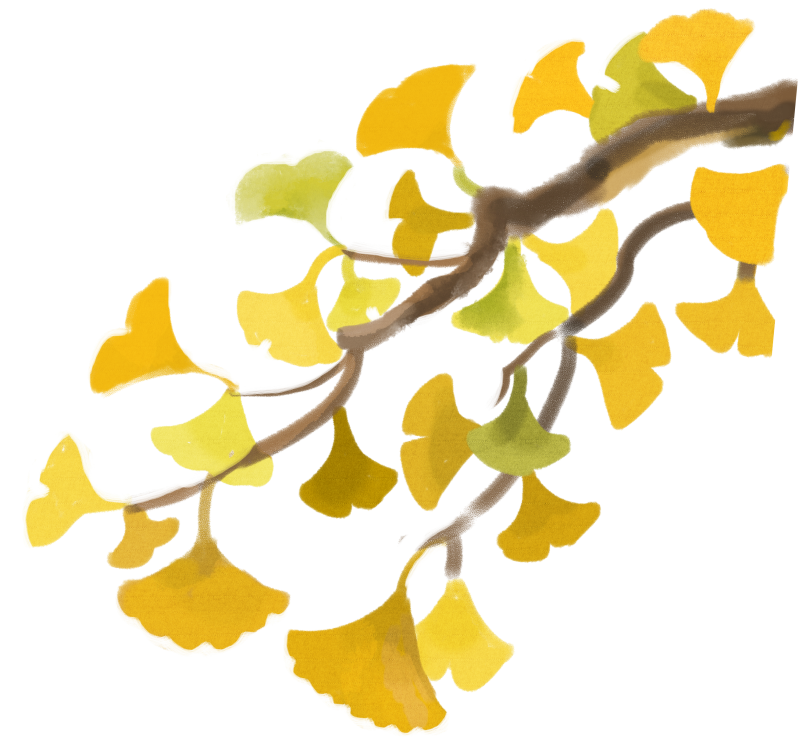
1. Huang Qi Tonifies Qi and Eliminates Bi

In the ‘Jin Kui’, there are mainly 9 formulas used to treat Bi syndrome, with 3 of them addressing Qi deficiency, all using Huang Qi to tonify Qi and eliminate Bi.
1. For treating wind-damp with Qi deficiency, the Fang Ji Huang Qi Tang (Sichuan Fang Ji and Huang Qi Decoction) is used:
“For wind-damp, with floating pulse, heavy body, and sweating with aversion to wind, Fang Ji Huang Qi Tang is the main treatment.”
Here, the floating pulse, sweating, and aversion to wind indicate Qi deficiency, hence Huang Qi is used to tonify Qi.
2. For treating blood Bi, the Huang Qi Gui Zhi Wu Wu Tang (Huang Qi and Cinnamon Twig Five Ingredients Decoction) is used:
Blood Bi is characterized by the obstruction of Qi and blood circulation, leading to numbness of the skin in specific areas.
“In blood Bi, both Yin and Yang are weak, with a weak pulse at the cun position and a tight pulse at the chi position, and the external symptoms include numbness of the body, resembling wind Bi, Huang Qi Gui Zhi Wu Wu Tang is the main treatment.”
The Huang Qi Gui Zhi Wu Wu Tang is composed of Gui Zhi Tang (Cinnamon Twig Decoction) minus Gan Cao (Licorice), with increased Sheng Jiang (Fresh Ginger) and added Huang Qi.
Here, it first points out that both Yin and Yang are weak, indicating that the deficiency of Ying Wei Qi and blood is an important cause of blood Bi formation. The deficiency of Qi and blood is reflected in the pulse as weak at the cun position, while the chi position is tight, indicating the inability of Qi to circulate blood, and the stagnation of Yin blood.
Thus, Huang Qi is used as the monarch herb, which is warm and tonifies Qi, supplementing the Wei Qi on the surface, allowing Qi to circulate and thus blood to circulate.
3. For treating cold-damp in the joints, the Wu Tou Tang (Aconite Decoction) is used:
Li Jie is classified under Bi syndrome, with more severe symptoms, and is now considered to have clinical manifestations similar to rheumatoid arthritis.
The symptoms of Wu Tou Tang include “inability to flex and extend the joints, pain”, where pain is the main symptom, indicating a predominance of cold evil.
The formula uses the warm and acrid Wu Tou to warm the meridians, dispel cold, and relieve pain, while not forgetting to treat the root cause with Huang Qi to tonify Qi and blood. This formula has been clinically effective and has become one of the representative formulas for treating painful Bi.
2. Fu Zi Opens Yang and Dispels Bi

In the ‘Jin Kui’, there are 4 formulas used to treat Bi syndrome with Yang deficiency, all using Fu Zi to open Yang and dispel Bi.
1. For treating wind-damp with exterior Yang deficiency, the Gui Zhi Fu Zi Tang (Cinnamon Twig and Aconite Decoction) and Bai Zhu Fu Zi Tang (Atractylodes and Aconite Decoction) are used:
“For cold damage for eight or nine days, with wind-damp attacking, body pain and discomfort, unable to turn or lie down. No vomiting or thirst, with a floating and weak pulse, Gui Zhi Fu Zi Tang is the main treatment. If the stool is hard and urination is smooth, Bai Zhu Fu Zi Tang is the main treatment.”
The floating and weak pulse indicates that the evil Qi is on the surface but the Wei Yang is weak and unable to resist the evil, while the weak pulse indicates that damp evil is retained, obstructing blood circulation. Therefore, Fu Zi is used to tonify fire, assist Yang, and dispel Bi and relieve pain, combined with Gui Zhi to warm the meridians and disperse wind-damp.
2. For treating wind-damp with both exterior and interior Yang Qi deficiency, the Gan Cao Fu Zi Tang (Licorice and Aconite Decoction) is used:
“With wind-damp attacking, bone joints are painful and uncomfortable, with pulling pain that cannot flex or extend, approaching causes severe pain, sweating, shortness of breath, and difficulty urinating, with aversion to wind and not wanting to remove clothing, or slight swelling of the body. Gan Cao Fu Zi Tang is the main treatment.”
Sweating and aversion to wind indicate that the Wei Yang is weak, and the pores are not secure, which is the same as the exterior Yang deficiency. The shortness of breath, difficulty urinating, and slight swelling indicate that the interior Yang is also deficient, unable to transform dampness and unable to receive Qi. This syndrome shows that both exterior and interior Yang Qi are deficient, still using Fu Zi to warm Yang, indicating that Fu Zi has the effect of supplementing both exterior and interior Yang.
3. For treating wind-damp in the joints, the Gui Zhi Shao Yao Zhi Mu Tang (Cinnamon Twig, Peony, and Anemarrhena Decoction) is used:
“For pain in the joints of the limbs, body fatigue, swollen feet, dizziness, shortness of breath, and a desire to vomit. Gui Zhi Shao Yao Zhi Mu Tang is the main treatment.”
The retention of evil Qi in the body for a long time leads to a gradual decline of Yang Qi, resulting in body weakness, unable to transform dampness, and dampness has no way to exit, lingering in the body, gradually transforming into heat and injuring Yin, flowing down to the lower limbs, resulting in swollen feet.
Thus, Fu Zi is used to warm the meridians, dispel cold, and open Yang to dispel Bi.
Fu Zi is a good medicine for tonifying Yang, capable of warming the Yang of the heart, spleen, and kidneys, and also has the effect of dispelling cold dampness and relieving Bi pain. The ‘Shen Nong Ben Cao Jing’ records that Fu Zi “treats wind-cold, cough, evil Qi, warms the middle, heals wounds, breaks hard masses, accumulations, blood fatigue, cold dampness, weakness, and spasms, and knee pain that prevents walking.”
Therefore, the use of Fu Zi in the ‘Jin Kui’ is not only due to its ability to tonify fire and assist Yang but also for its effectiveness in dispelling cold dampness.
3. Ma Huang and Gui Zhi Disperse Wind and Eliminate Cold to Relieve Bi

Ma Huang is acrid and warm, inducing sweating and dispersing cold evil; Gui Zhi is acrid and warm, inducing sweating, releasing the exterior, warming the meridians, and promoting Yang, facilitating joint movement.
In the formulas for treating Bi syndrome in the ‘Jin Kui’, Ma Huang is used in 4 formulas, and Gui Zhi is used in 5 formulas.
The ‘Ben Cao Gang Mu’ also records the use of Ma Huang and Gui Zhi together to treat wind Bi and cold pain.
1. For treating wind-damp in the exterior, the Ma Huang Jia Zhu Tang (Ma Huang and Atractylodes Decoction) is used: “For dampness causing body discomfort, Ma Huang Jia Zhu Tang can be used to induce sweating.”
Bi syndrome is fundamentally caused by the combination of wind, cold, and dampness. The term “dampness causing discomfort” emphasizes that this is a Bi syndrome with a predominance of damp evil.
Zhang Zhongjing proposed that inducing sweating is a major method for treating wind-damp in the exterior. Through Ma Huang and Gui Zhi, inducing sweating can not only disperse wind and cold but also, with proper and moderate sweating, can eliminate dampness. Therefore, Ma Huang and Gui Zhi are used to induce sweating to remove the wind, cold, and dampness on the surface.
2. For treating wind-damp in the exterior with depression transforming into heat, the Ma Xing Yi Gan Tang (Ma Huang, Apricot Kernel, Job’s Tears, and Licorice Decoction) is used:
“The patient has pain all over, fever, and the pain is more severe in the afternoon, known as wind-damp.” With this, Ma Huang, Apricot Kernel, Job’s Tears, and Licorice Decoction.
In this formula, Ma Huang induces sweating, but the fever in the afternoon indicates that the wind-damp is transforming into heat, hence Gui Zhi, which is warm and dispersing, is not used.
3. For treating wind-damp with Yang deficiency, the Gui Zhi Fu Zi Tang and Gan Cao Fu Zi Tang are used:
Both of these syndromes exhibit signs of Yang deficiency, the former being exterior Yang deficiency, and the latter being Yang Qi deficiency in both the exterior and interior, hence the strong sweating power of Ma Huang is not used, while “wind-damp attacking” indicates that the evil Qi is still present, thus Gui Zhi is used to release the exterior and disperse wind-damp.
4. For treating blood Bi, the Huang Qi Gui Zhi Wu Wu Tang is used:
This syndrome is caused by a weak constitution being affected by wind evil, with the evil Qi residing in the blood vessels, hence it is said to be “like wind Bi.”
A weak constitution cannot withstand the power of Ma Huang, thus Gui Zhi is used to disperse wind and cold while warming the meridians and relieving Bi, combined with Huang Qi to tonify Qi and warm Yang, harmonizing blood and promoting circulation.
Moreover, Gui Zhi, with the assistance of Huang Qi, invigorates Wei Yang, while Huang Qi, with the support of Gui Zhi, secures the exterior and prevents the retention of evil.
5. For treating Li Jie, the Gui Zhi Shao Yao Zhi Mu Tang and Wu Tou Tang are used:
The former is for Bi syndrome caused by wind-damp transforming into heat and injuring Yin, while the latter is for Bi syndrome with a predominance of cold-damp and significant pain.
Although both syndromes are due to the prolonged retention of evil Qi in the body and the gradual decline of righteous Qi, the symptoms are more severe, hence Ma Huang is used to disperse wind and cold, with Gui Zhi used in the former to warm the meridians and dispel cold, while Wu Tou in the latter has a stronger effect in warming the meridians and relieving pain, thus Gui Zhi is not used.

4. Bai Zhu and Yi Yi Ren Strengthen the Spleen and Eliminate Dampness to Relieve Bi
Bai Zhu is warm in nature, dries dampness, promotes urination, tonifies Qi, and strengthens the spleen, making it the main herb for eliminating damp evil in the treatment of Bi syndrome in the ‘Jin Kui’.
The ‘Ben Cao Gang Mu’ records that Bai Zhu “is used to treat wind, cold, and damp Bi.”
In the formulas for treating Bi syndrome, Bai Zhu is involved in 5 formulas, including Ma Huang Jia Zhu Tang, Fang Ji Huang Qi Tang, Bai Zhu Fu Zi Tang, Gan Cao Fu Zi Tang, and Gui Zhi Shao Yao Zhi Mu Tang.
Zhang Zhongjing believed that the formation of Bi syndrome is significantly related to damp evil, which is heavy and obstructive, invading the body and manifesting as body pain, heaviness, and inability to flex and extend. In the above 5 formulas, there are obvious manifestations of dampness, hence Bai Zhu is used to eliminate dampness and relieve Bi.
Additionally, in the Ma Huang, Apricot Kernel, Job’s Tears, and Licorice Decoction, the symptoms of “fever with more severity in the afternoon” indicate that the wind-damp is transforming into heat, hence Bai Zhu, which is warm in nature, is not used, but Yi Yi Ren, which is slightly cold and mild, is used to drain dampness and relieve Bi.
Yi Yi Ren is slightly cold and is good for treating wind-damp Bi pain, capable of fundamentally removing damp evil while directly improving symptoms.
As recorded in the ‘Shen Nong Ben Cao Jing’, it states “treats muscle spasms and contractions, inability to flex and extend, and wind-damp Bi.” Thus, Zhang Zhongjing used it to treat wind-damp in the exterior, with depression transforming into heat.

In summary, the treatment of Bi syndrome in the ‘Jin Kui’ takes into account the pathogenic factors of wind, cold, and dampness, while also paying attention to the predominance and decline of these three evils and their transmission and transformation, while closely observing the changes in the strength of Qi, blood, Yin, and Yang in the body.
In treatment, there is a particular emphasis on the use of Huang Qi to tonify Qi, Fu Zi to warm Yang, Ma Huang and Gui Zhi to dispel wind and cold, and Bai Zhu and Yi Yi Ren to strengthen the spleen and eliminate dampness.
The above is a summary of the medicinal treatments for Bi syndrome in the ‘Jin Kui Yao Lue’ based on the literature reviewed. In future clinical practice, attention should be paid to the differentiation of the above formulas and the use of these medicines to deepen the understanding of Bi syndrome.
Author’s Biography:
Tang Aineng, graduated from Guangxi University of Chinese Medicine with a major in Traditional Chinese Medicine, currently undergoing standardized training as a resident physician at Qinzhou Traditional Chinese Medicine Hospital.
Due to admiration for Teacher Lin Jiaming, I came to Qinzhou and was fortunate to be accepted as a disciple under Teacher Jiaming, grateful for the master’s selfless sharing and patient guidance, allowing me to gradually transform from a novice in classical formulas to a physician with clinical thinking.
I will strictly adhere to the teachings of the Lin family medical school, taking “to be a successor of classical formulas” as my goal!
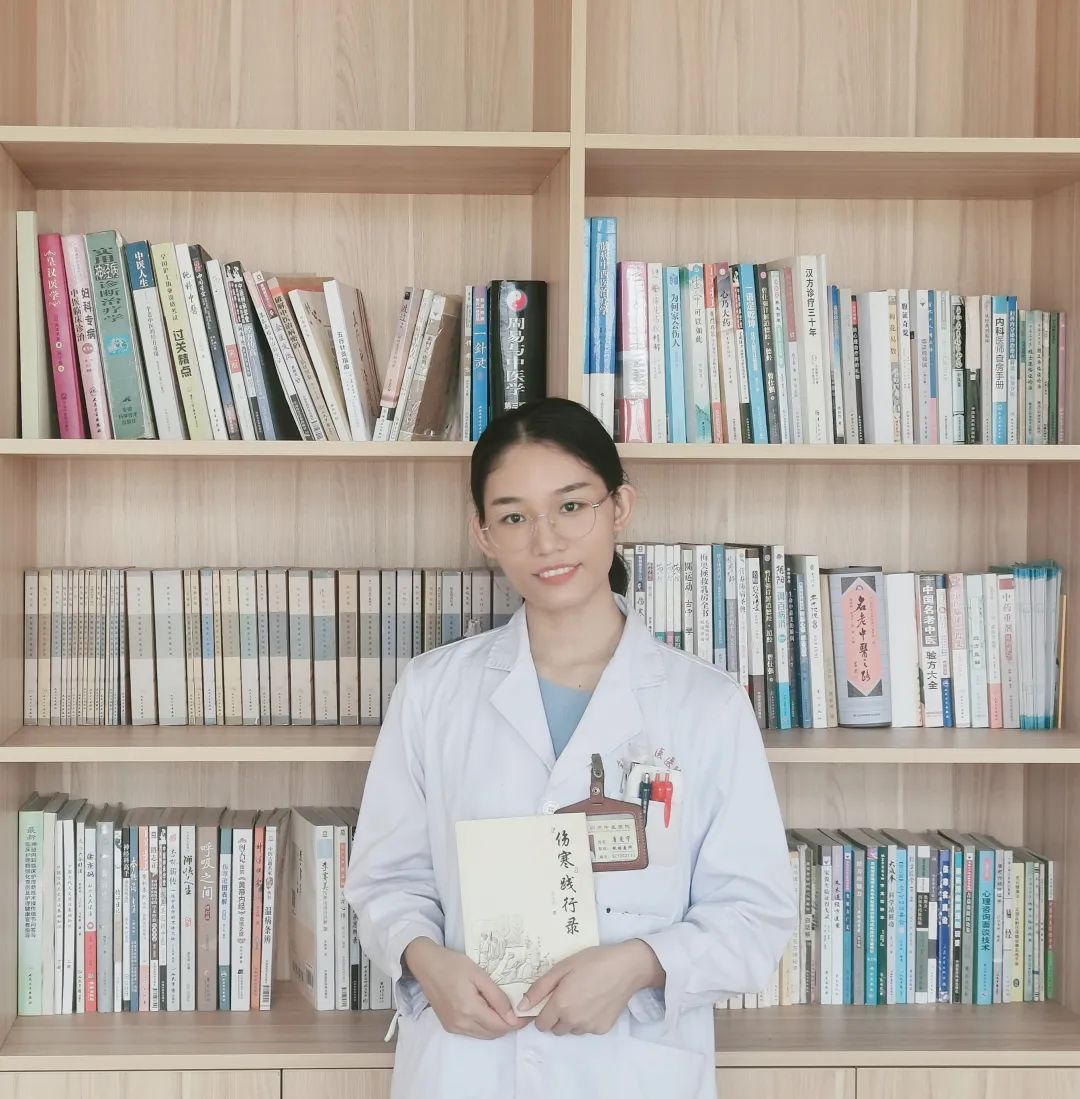
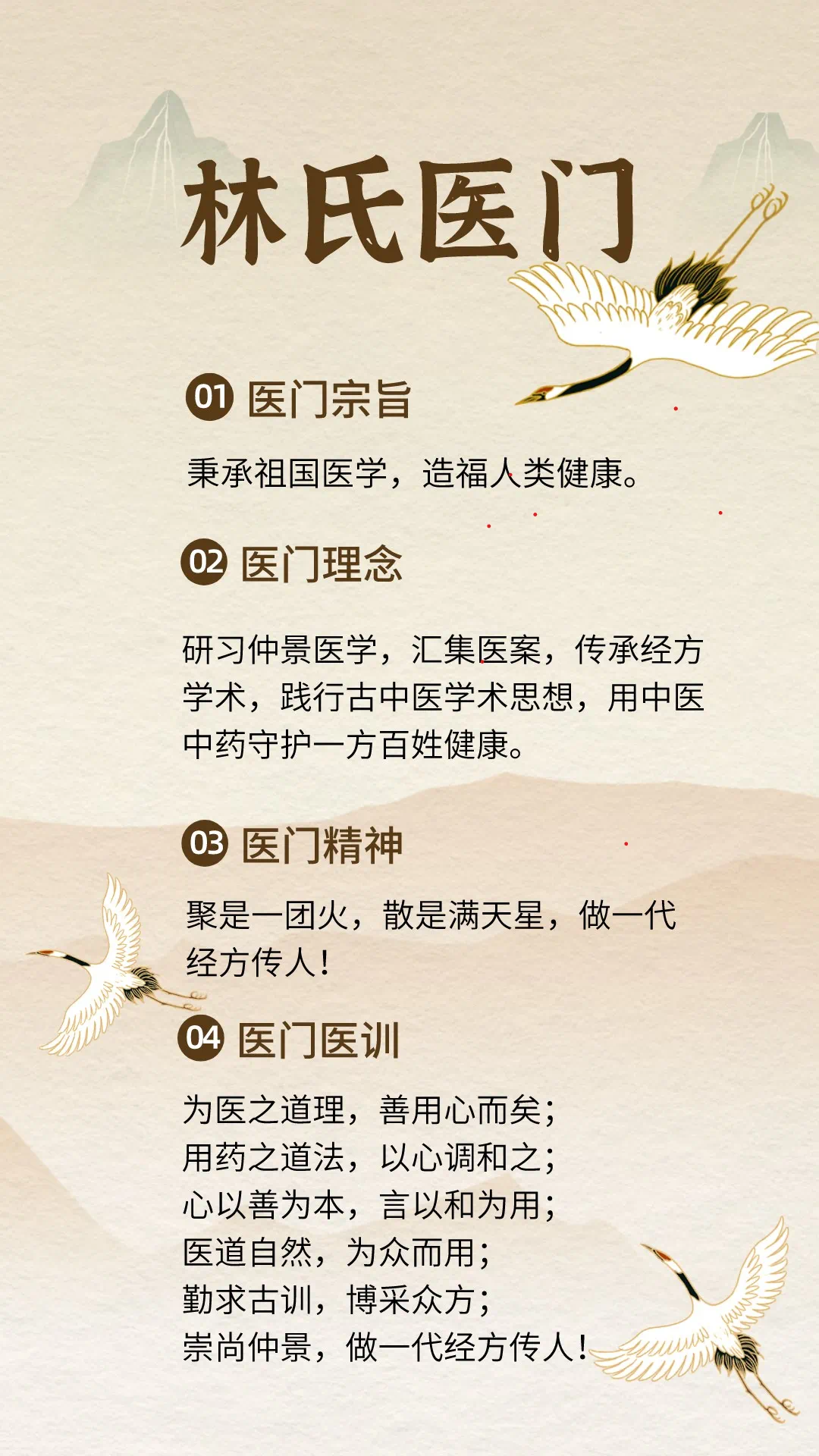
Written by | Tang Aineng
Edited by | Guo Xiaoyan
Proofread by | Liu Zhuohao

